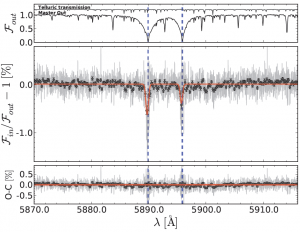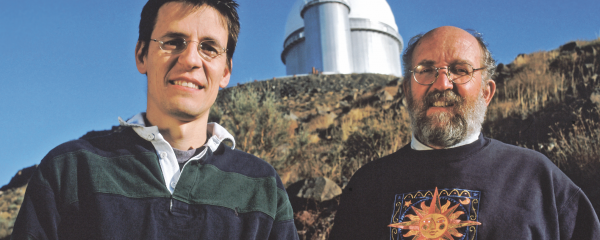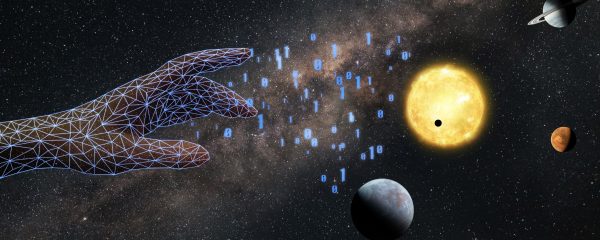Planetary Atmospheres
Project Leader: Prof. F. Pepe
Sub-Projects
Observation
Dr. Ch. Lovis
The first step in the understanding of exoplanetary atmospheres is their observation. Learn how in this subproject we will use existing and future instrumentation to detect signatures from exoplanetary atmospheres. Data reduction, analysis and mining play a crucial role, as well. This sub-project will make extensive use of the DACE platform in order to best exploit available data and models.
Building high-fidelity spectrographs
Dr. F. Wildi
Major steps forward in observational astronomy are often linked to technological progresses. Our group has a long-lasting experience in precision spectro-velocimetry. We aim at extending our experience towards high-fidelity spectroscopy and transfer it on extremely-large telescopes for the observation of faint signals. How? Explore the answer within this sub-project and have a look at the Technology Platform.
Modelling
Dr. D. Ehrenreich
In order to interpret the observed planetary spectra and make quantitative statements they have to be linked to theoretical models. On the other hand, theory may provide predictions about where, what and how to observe. This sub-project links observations with theoretical modelling (see the Formation & Evolution Project) to make us ‘understand’ the real nature of planets.





